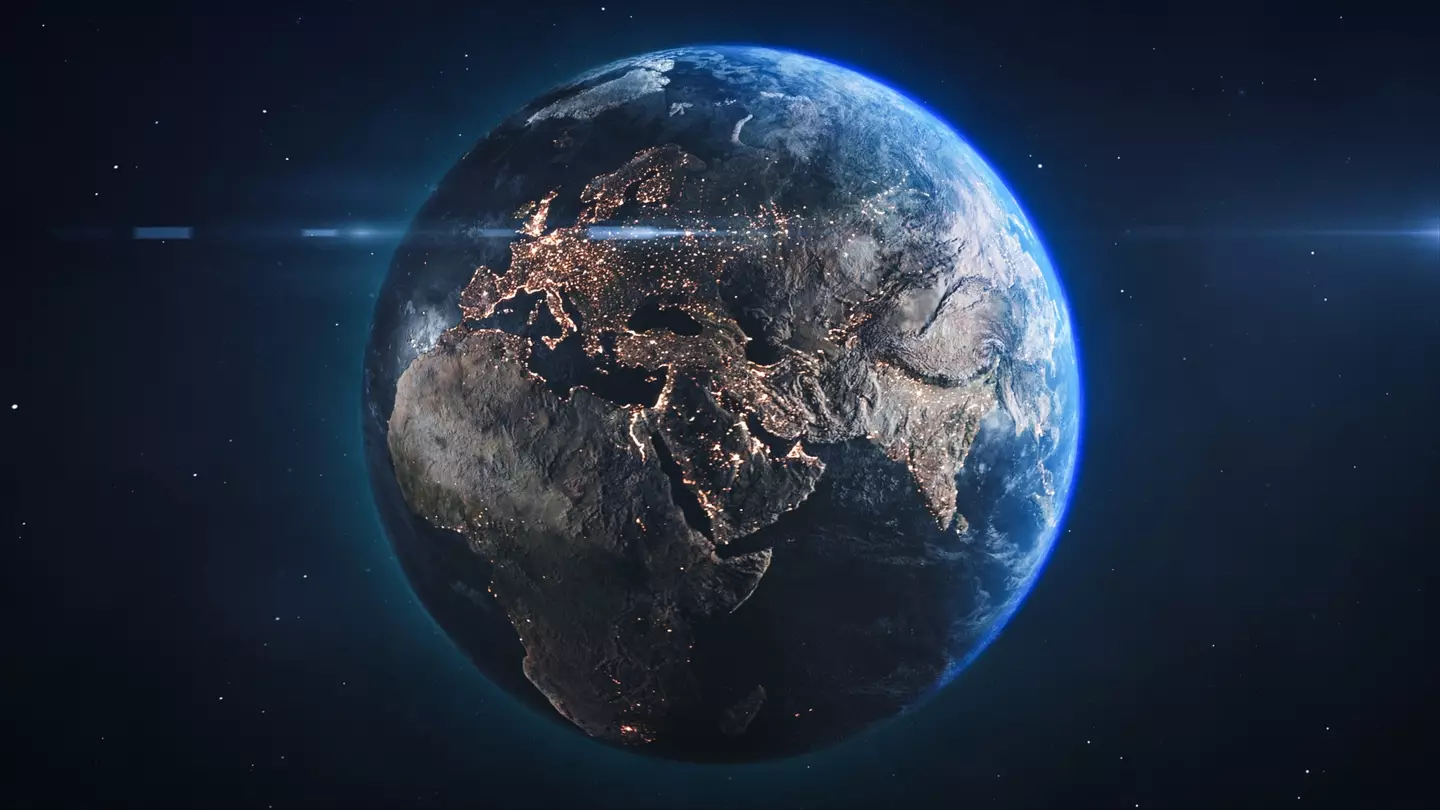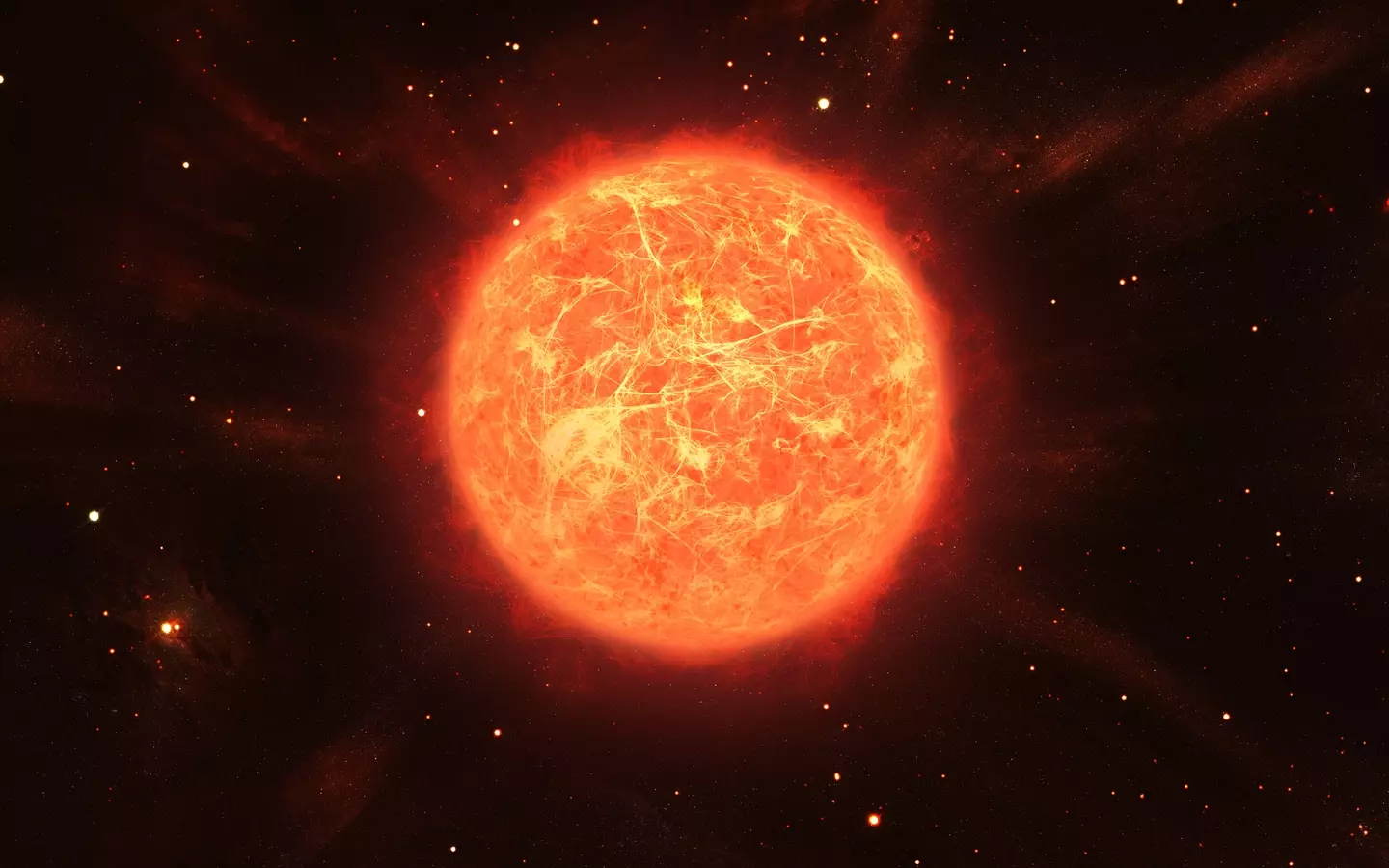
A new research has given us a chilling glimpse into how the Earth will come to an end.
The recent discovery by astronomers has allowed us to look billions of years into the future at how our planet could one day look.
A newly discovered planet likely once orbited a star similar to our sun before it died and the planet drifted off into space, making it uninhabitable.

Advert
Studies suggest that a similar fate will await our own sun as it will eventually die in around five billion years' time.
The planet and its host star are located near the center of the Milky Way galaxy, which is around 4,000 light years away from us.
The star is now a white dwarf, which is what our sun will become after it dies.
The sun’s death will vaporize the Earth’s oceans as it first becomes a red giant, expanding and consuming Mercury and Venus.
Advert
Keming Zhang is a lead author of the study and also an astronomer at University of California San Diego.
Zhang said in a statement: “We do not currently have a consensus whether Earth could avoid being engulfed by the red giant sun.

“In any case, planet Earth will only be habitable for around another billion years, at which point Earth's oceans would be vaporized by runaway greenhouse effect - long before the risk of getting swallowed by the red giant.”
Advert
Unfortunately, the fate of Earth looks similar to this planet, whose rocky terrain might have once supported life.
Co-author Jessica Lu, an associate professor and chair of astronomy at UC Berkeley, said: “This system that Keming's found is an example of a planet - probably an Earth-like planet originally on a similar orbit to Earth - that survived its host star's red giant phase.”
However, while this planet shows what Earth will possibly look like in billions of years, that does not necessarily mean the doom of humanity.
Zhang went on to add: “As the sun becomes a red giant, the habitable zone will move to around Jupiter and Saturn's orbit, and many of these moons will become ocean planets. I think, in that case, humanity could migrate out there.”
Advert
If humans have the technology by then, we could make new homes on Europa and Enceladus.
The moons orbit Jupiter and Saturn and their icy environment makes them inhabitable, but that could all change in the future.